The NBA free agency period began this week, signaling the time of year where players whose contracts have expired can negotiate with any team in the league. Naturally, this can lead some teams into championship contention — and make others bottom feeders. But for those fans whose teams are still on the outside looking in — shoutout to the other Lakers fans out there — there’s another way to pursue a championship, even during the NBA offseason.
Yes, the virtual hardwood of NBA 2K16 offers a much faster opportunity to drive your favorite team all the way to the Larry O’Brien trophy, and the fantasy draft can make it even faster. This guide will give you a general overview of how to use the fantasy draft in NBA 2K16‘s MyLeague mode to make your favorite team a title contender not only for one season, but hopefully many seasons to come.
Running the “Triangle”: Three Keys to Victory
In this guide, I’m going to focus on three main principles that seem to be most effective for building a contender quickly through the fantasy draft. In truth, they aren’t much different from what real-life NBA front offices consider when constructing their teams. Those three principles are team identity, roster balance, and cost-effectiveness.
Along the way, I’m going to use a championship-winning team of mine as an example. I chose the Lakers, and opted for a serpentine fantasy draft instead of fixed order; a serpentine draft inverts the order each round, which I thought would introduce a sense of fairness if I was to win a high pick. In other words, if you pick first overall in the first round, you’ll pick 30th in the second, first again in the third, and so on. I did not set the draft order beforehand, and to further test the strength of my drafting, I set the difficulty to Hall of Fame with full 12-minute quarters, then simulated through the whole season and the playoffs. In the end, their record was 55-27, and they won the Finals in 6 over the Charlotte Hornets.
Team Identity
Having a vision for what kind of team you want to build heading into the draft can make putting it together a much easier affair. In other words, do you want to ran a “pace and space” offense, similar to the Golden State Warriors, a slower, more interior-dominated approach, like the Memphis Grizzlies’ “grit ‘n grind” mentality of the past few years, or something in between?
Which team you choose may influence your decision. Each head coach is suited to run a certain style, like their real-life counterparts, so you may find it easier to build in accordance with their preferences. Or, perhaps you want to change your favorite team’s mentality entirely — the choice is entirely up to you! Just bear in mind that you may have to make coaching changes to make the system click.
Having a firm idea of your team’s ideal identity is probably most important in the later rounds, when the best players have been chosen and you’re looking for players to fill out the bench. So many players have almost equal ratings, so understanding what skills you are looking for can make choosing between them much less difficult. If you envision a strong, gritty defensive team, you may prioritize signing someone like Tony Allen in lieu of Jamal Crawford, for example. Or if you see your team as a youth movement built to win for many years in the future, you may pass on established veterans, looking for so-called “diamonds in the rough.”
As luck would have it, my team won the first overall pick — again, entirely by luck, and not by any choice on my part — and I opted for Stephen Curry, the eventual Finals MVP. I had decided to build an athletic squad with lots of shooting, essentially copying the style used in Golden State (which is probably coming to L.A. next year under new coach Luke Walton). To suck defenders into the paint and thus open up clean looks behind the three-point line, I wanted a superior inside presence, and subsequently chose Marc Gasol with my second pick. I continued adding strong shooters who doubled as good defenders, as you’ll see below:
My starting lineup, Curry-Matthews-Batum-Patterson-Gasol, is reflective of the kind of identity I wanted to build for my team: fast, and deadly accurate from all over the court. With all of that tremendous offensive firepower in the lineup, I built a bench full of versatile players, prioritizing defense over scoring so that I had a flexible roster capable of adapting to the situation. Iguodala and Allen, in particular, made the team for their defense above all else, and I compensated by adding a few proven scorers as well, as you can see here:
Brendan Wright is a better interior scorer than Bogut, Augustin and Frye are scorers, and James Young was an upside pick at only 20 years old, for flexibility later on down the road. Once again, choosing players is easier when you have a specific team identity in mind, and with the right focus, you can build a contender no matter where you pick. In other attempts, for example, I drafted 19th every odd round and 11th every even one, and could only select Jimmy Butler for my best player. Even so, the team still won 52 games and made the Finals, losing to Brooklyn (!) in a tight series. Again, a strong identity and adherence to that vision are key to smartly building a competitive team.
Roster Balance
Another factor to consider carefully while drafting through each of the 13 rounds is the balance of your roster. In other words, bear in mind the strengths and weaknesses of the players you have chosen, and also the depth you currently have at each position. With 15 roster spots available, it’s possible to have 3 players at each of the 5 positions, and I would recommend doing so to guard against the uncertainty of injuries.
If you follow this formula and draft only three players at each position, you’ll have two positions with one roster spot open each for free agents. You may find it easier, therefore, to draft three players at the three weakest positions on your team. In other words, if you draft Russell Westbrook, you may find it best to select a strong backup point guard, and then focus on signing players at positions where you have less talent, rather than signing the three best point guards on the market.
This advice might sound obvious, but the fantasy draft can be intoxicating. It’s tempting to build a ludicrous All-Star team of the best guards in the league, but this team likely won’t fare as well as a well-balanced and thoughtfully constructed one. Sometimes it’s worth it to pass on adding another player to a loaded position, no matter who they are, in order to fill a position of need.
Depending on the kind of team you’re building, you may also want to consider the ages of the players you’re signing. Looking back on my roster, I noticed that I drafted a more veteran roster than I originally intended. Perhaps as a result, the team faced a great number of injuries in the playoffs, which almost derailed their run in the second round against Portland, a series that went the full seven games (as you can see above). Another regret of mine is that I had literally no cap space to sign free agents to fill out the roster, leading to my third point of emphasis.
Cost-Effectiveness
If you find yourself in a situation where your roster is a year or more away from being a contender–if you land a particularly high draft pick in a fixed draft, for example–this might be the most important factor to consider. And even if you land the first overall pick, you’ll still want to consider the economic situation of your team before each and every selection, to maximize cap flexibility for the first season, and all the ones to come.
As I said above, my example team had no money to fill out the other two roster spots, leaving it at the mercy of any injuries that might occur. If one of the key players had missed long chunks of the season due to injury, there wouldn’t have been many answers to fill their place, and the team’s record would have suffered mightily as a result.
It’s important to remember that when you draft a player in the fantasy draft, you inherent their contract. This means that you can put together rosters that wouldn’t normally be possible — perhaps ones like mine — but doing so can leave you in a perilous position with regards to the cap and the luxury tax threshold. So after you splurge on your franchise cornerstones, you should think carefully about how you spend the rest of your money.
If you are stuck between several players at one position with almost identical ratings, you should consider what kind of team you are trying to construct. If you want a team that will win more in the future than in the short-term, you might consider drafting a younger, less-talented player, particularly if the disparity in skill isn’t egregious and the younger player comes cheaper. Likewise, if you want the ultimate win-now roster, you might prefer to draft aging veterans on more friendly contracts rather than the young studs entering their primes. Once again, having a firm understanding of your ideal team identity and the balance of your roster will make these decisions much easier.
Now It’s Your Turn!
In summary, approaching the fantasy draft in a manner similar to real-life NBA teams can have enormous benefits. It can be tempting to jump into the fantasy draft in NBA 2K16 and try to build the next “dream team,” but using a little bit of careful planning can make the difference between championship contender and lottery team. By focusing on a specific team identity, keeping in mind the roster’s balance and depth, and monitoring the cost-effectiveness of each of your draft selections, you’ll come one step closer to leading your favorite team to the NBA championship.

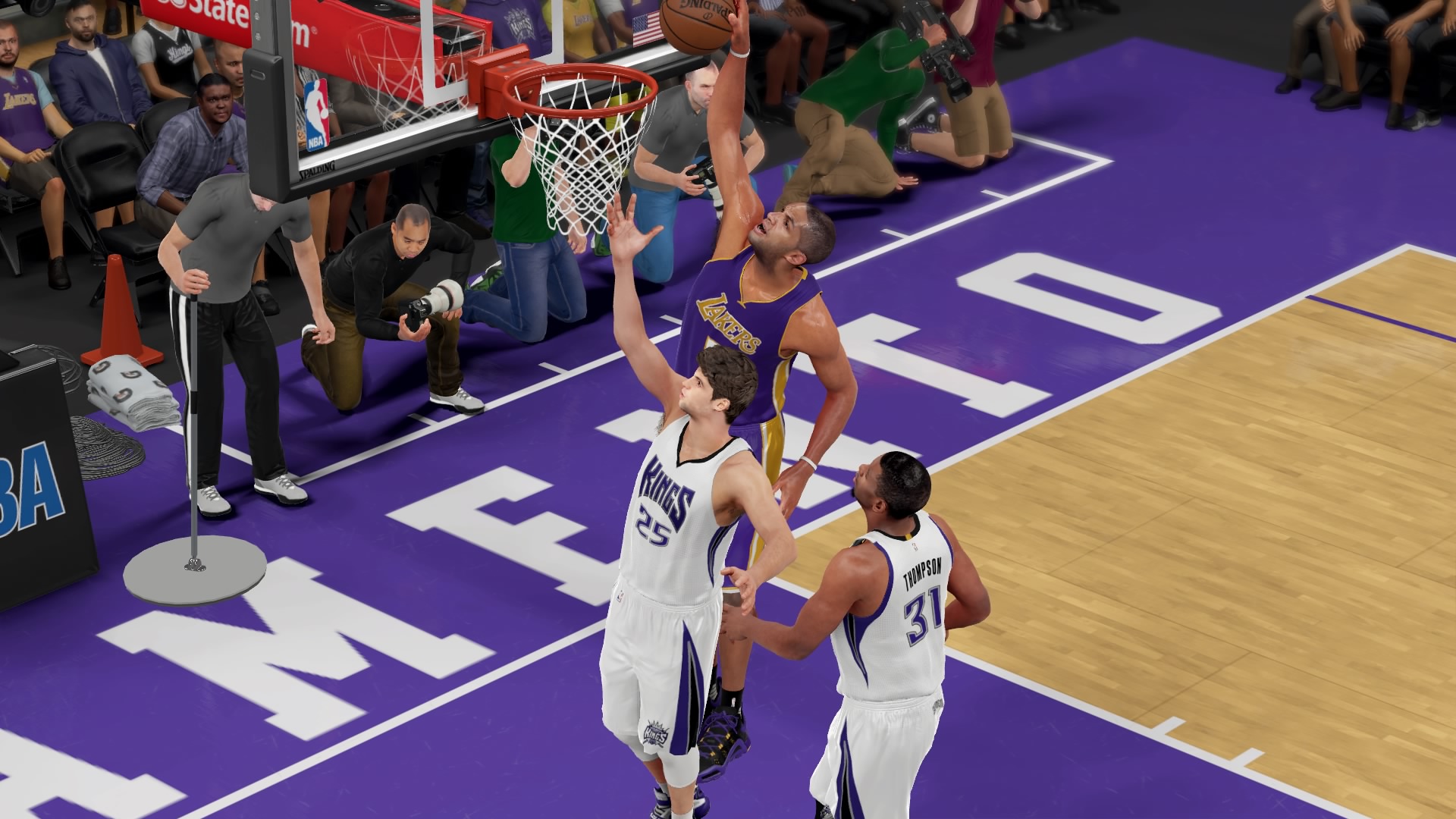
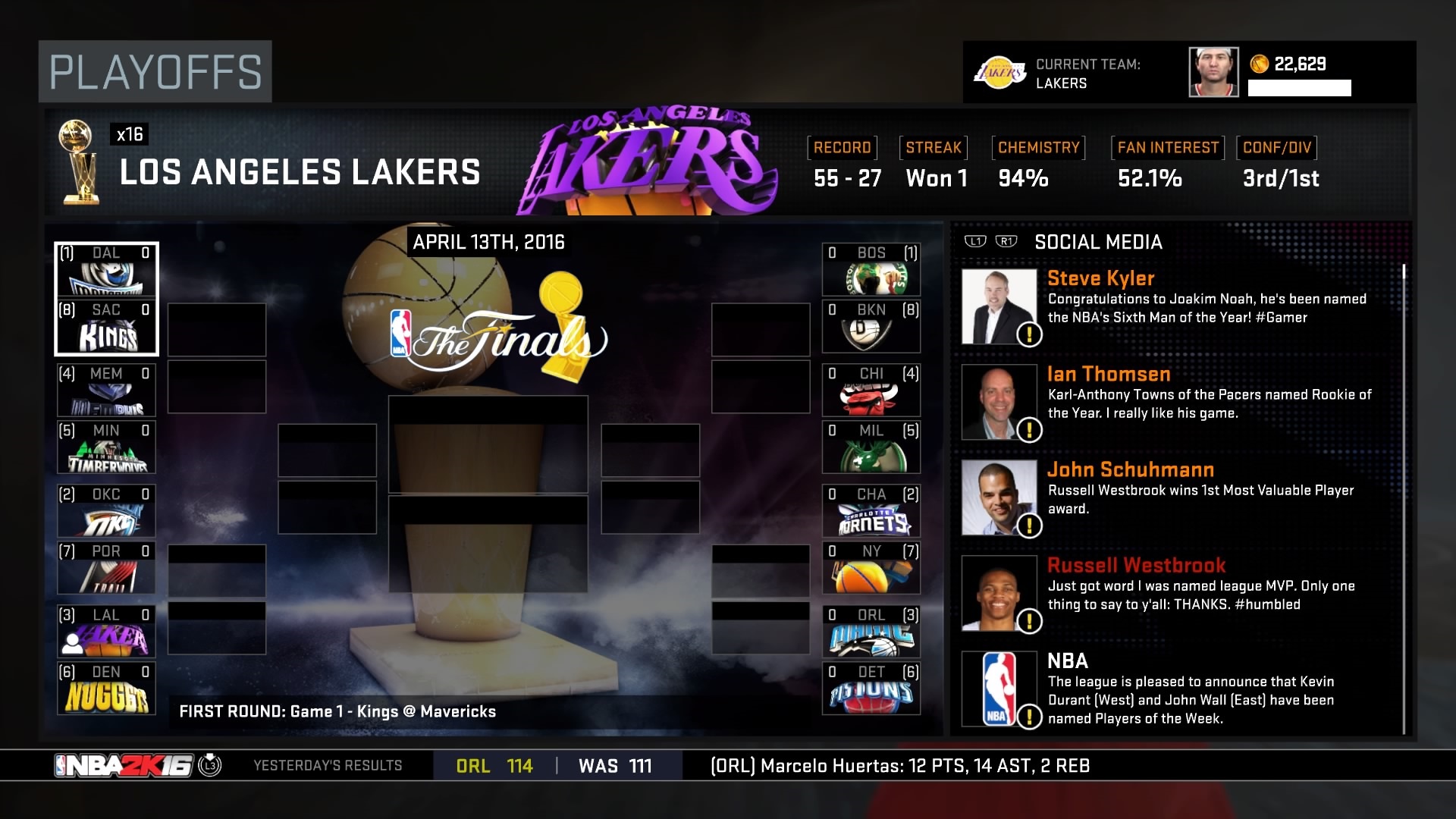
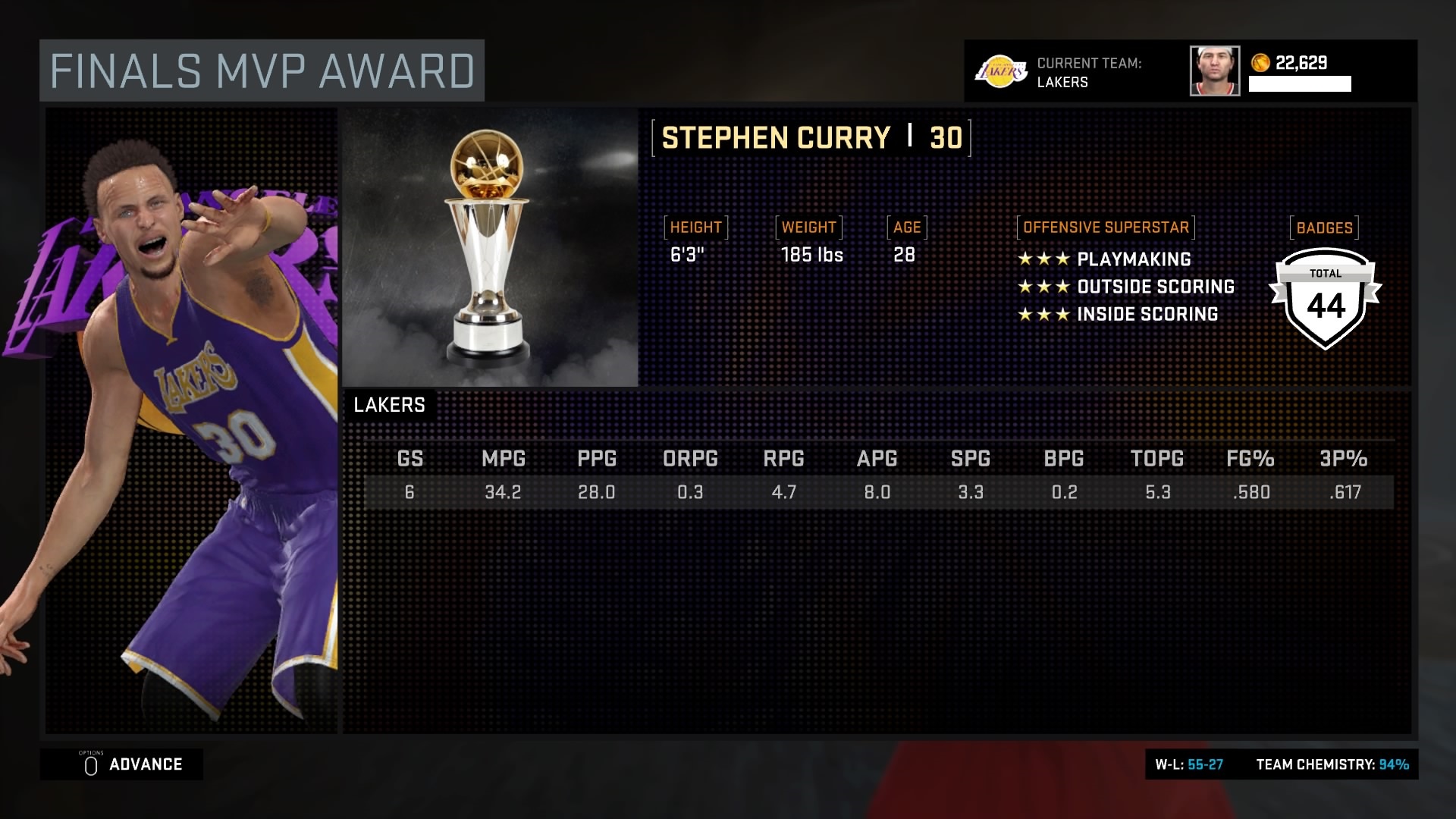
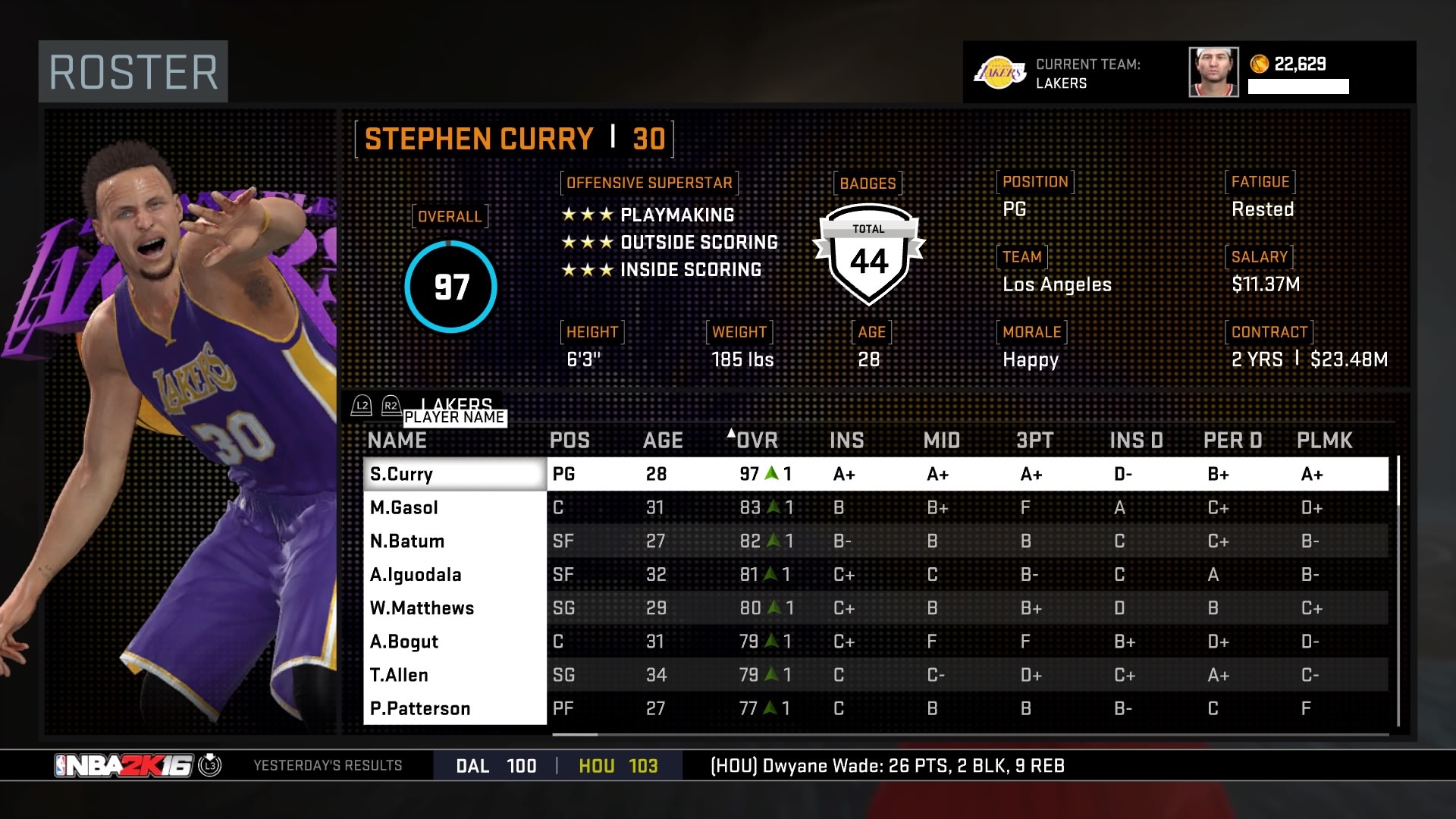
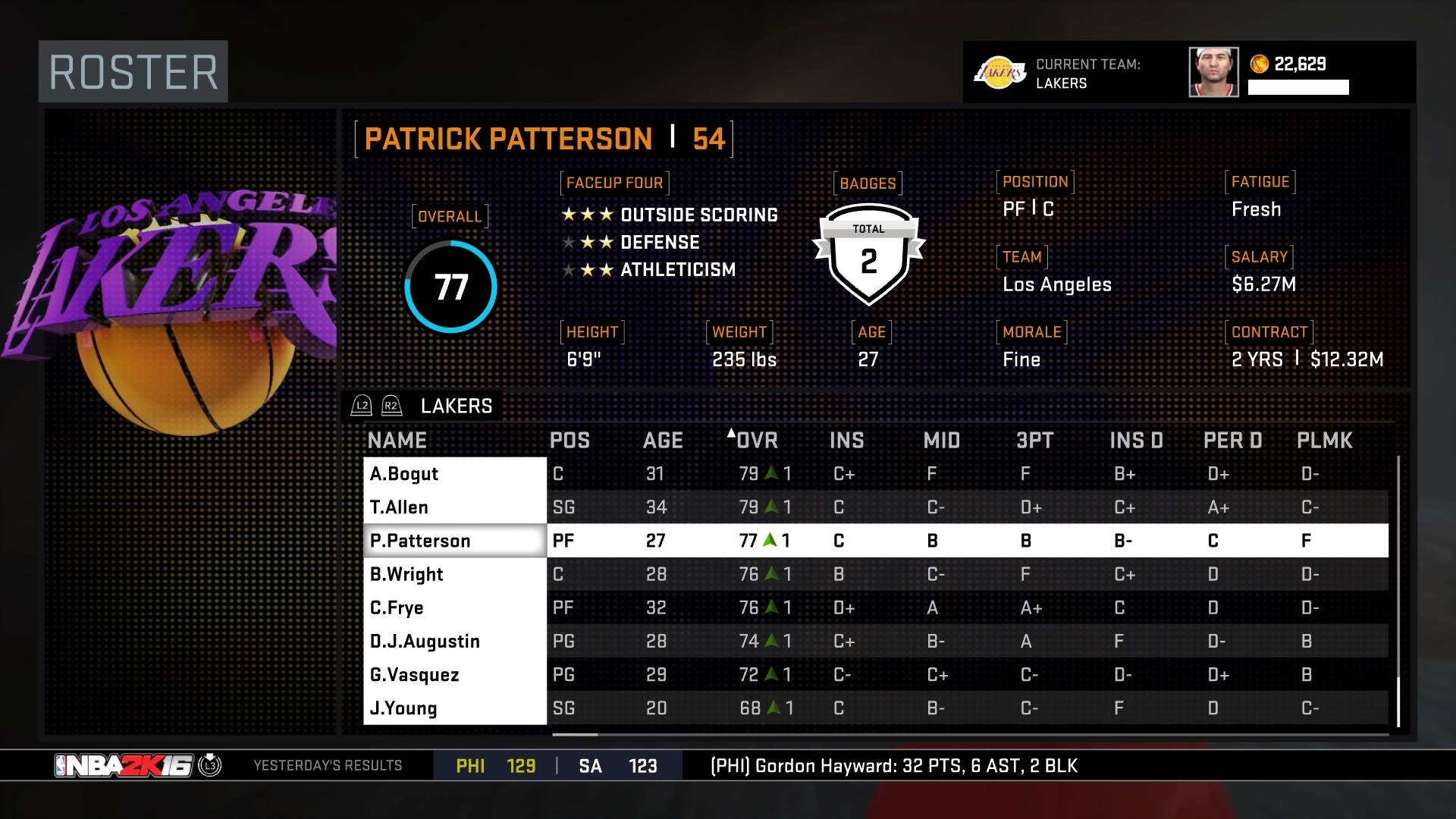
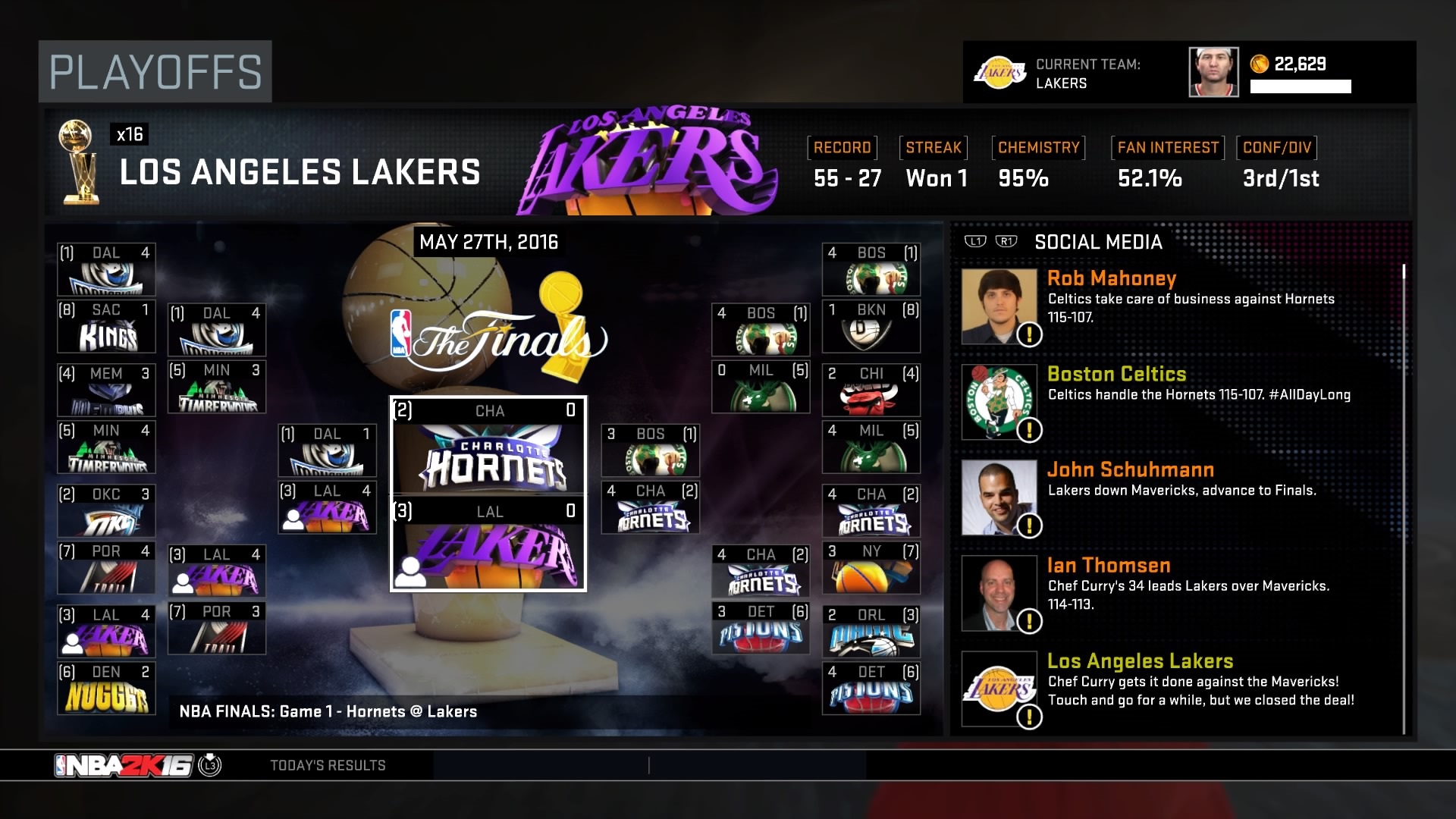
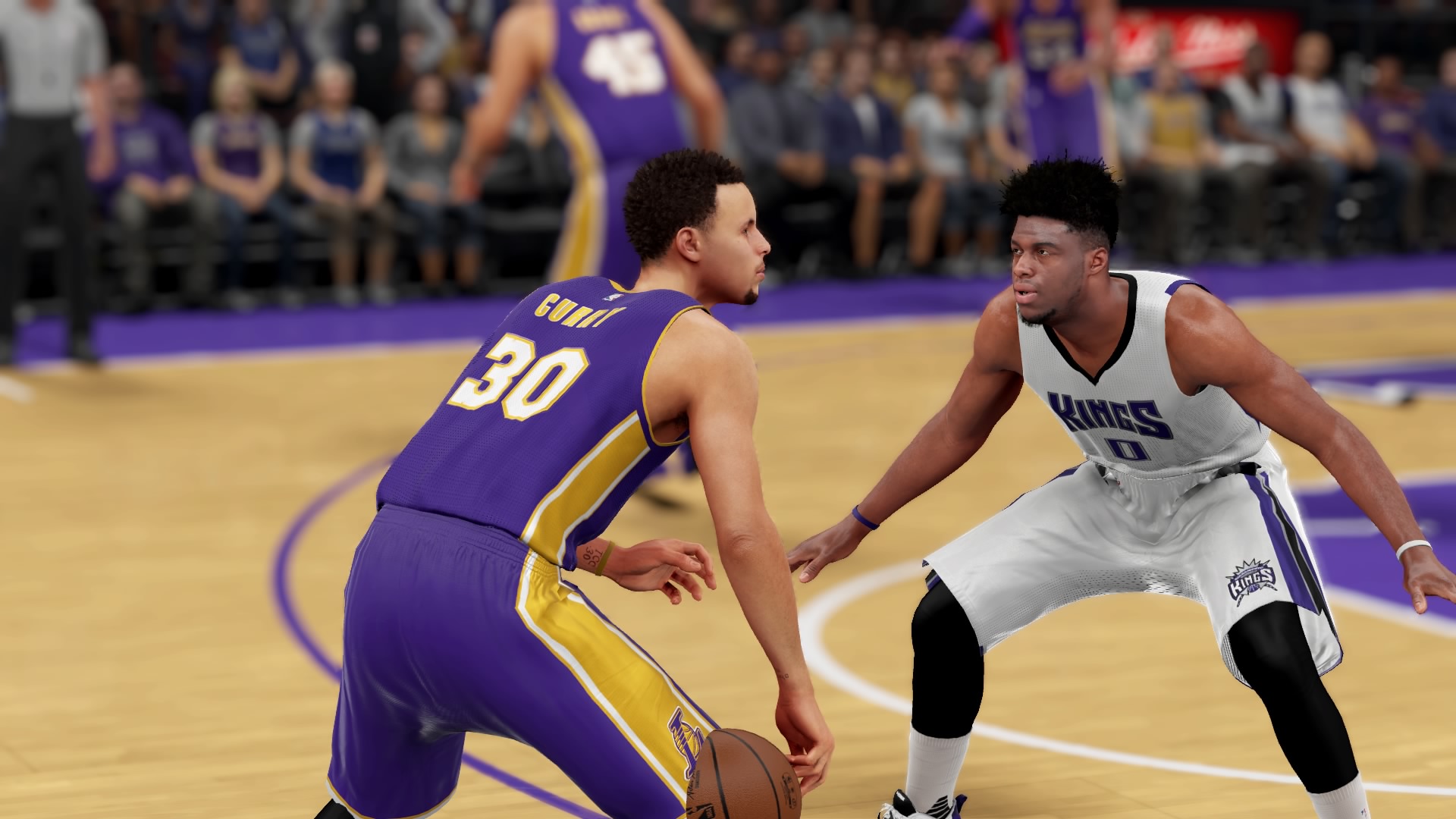
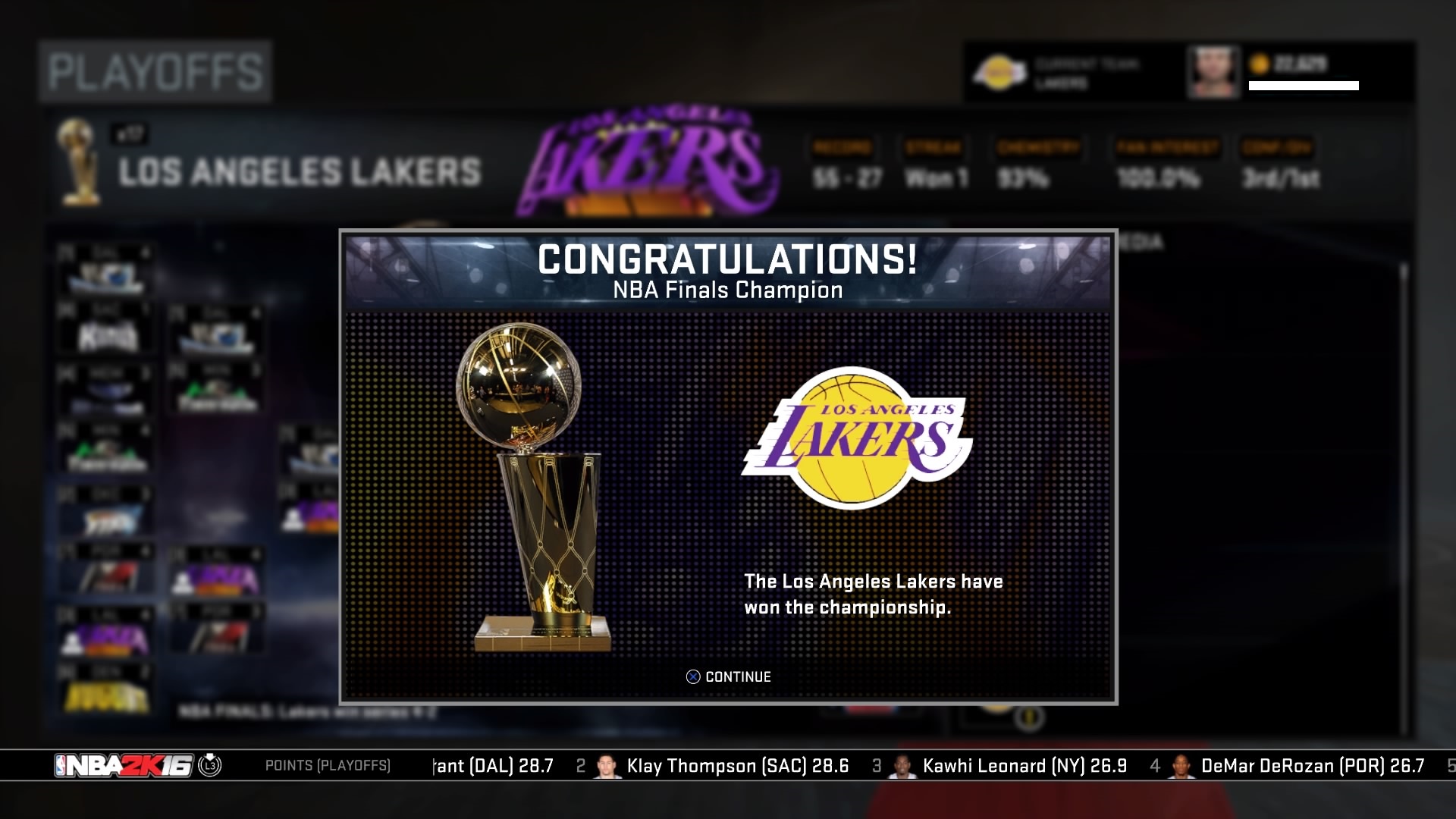



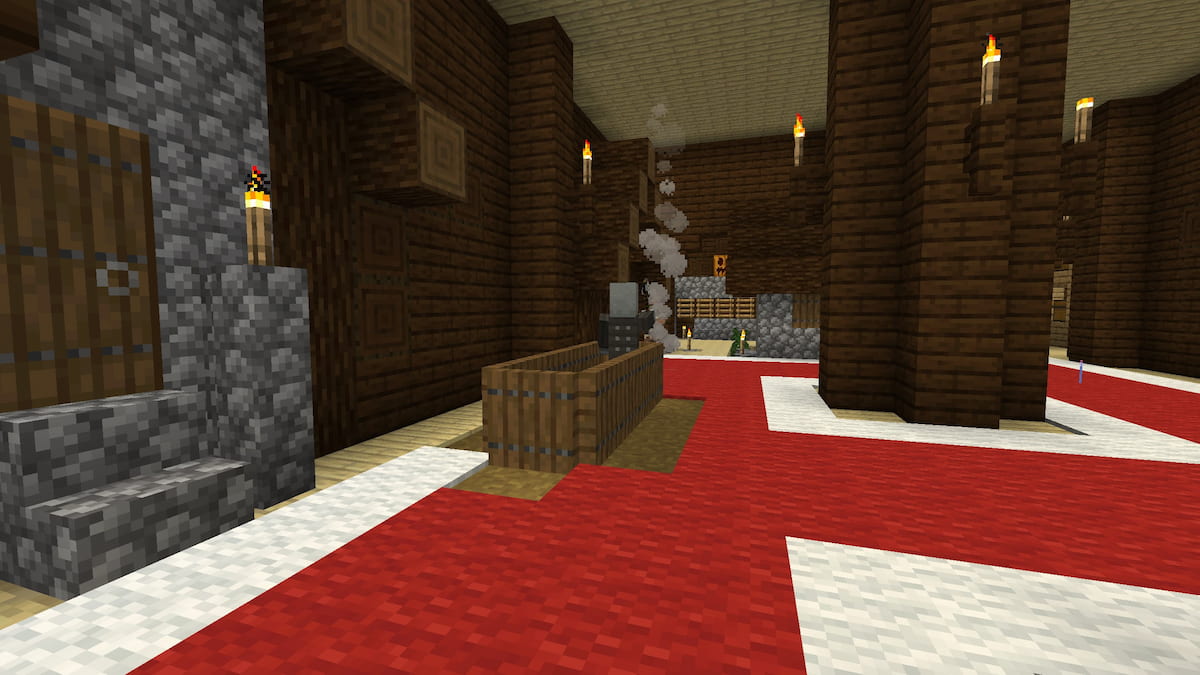

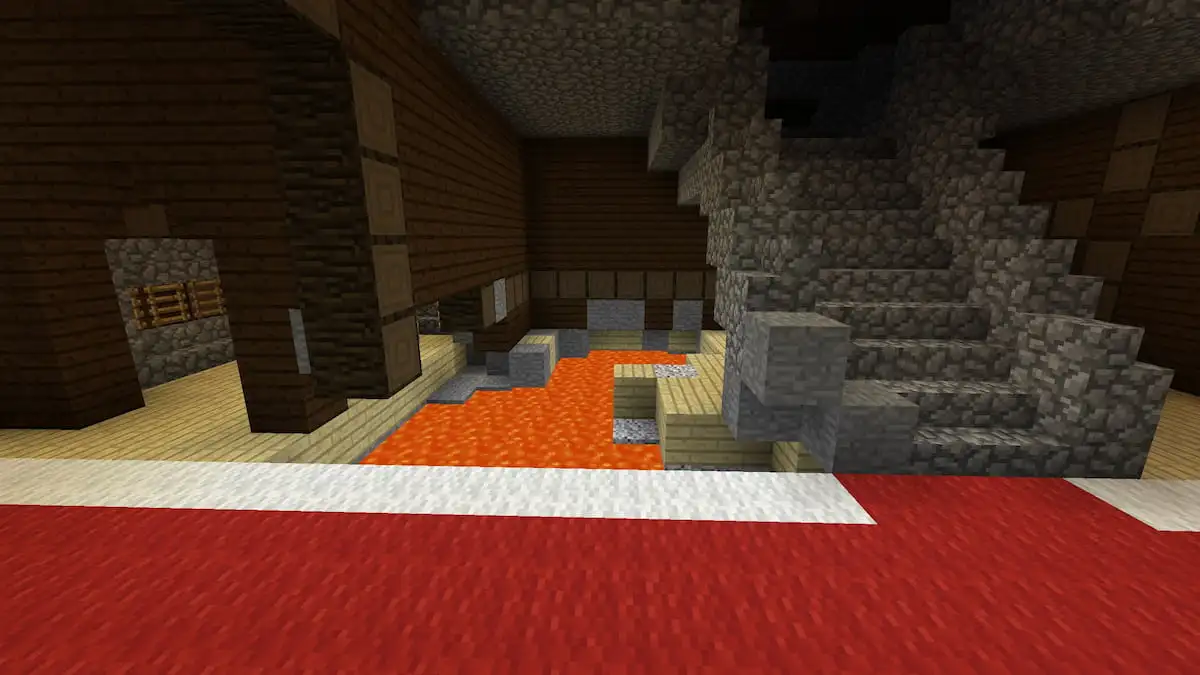

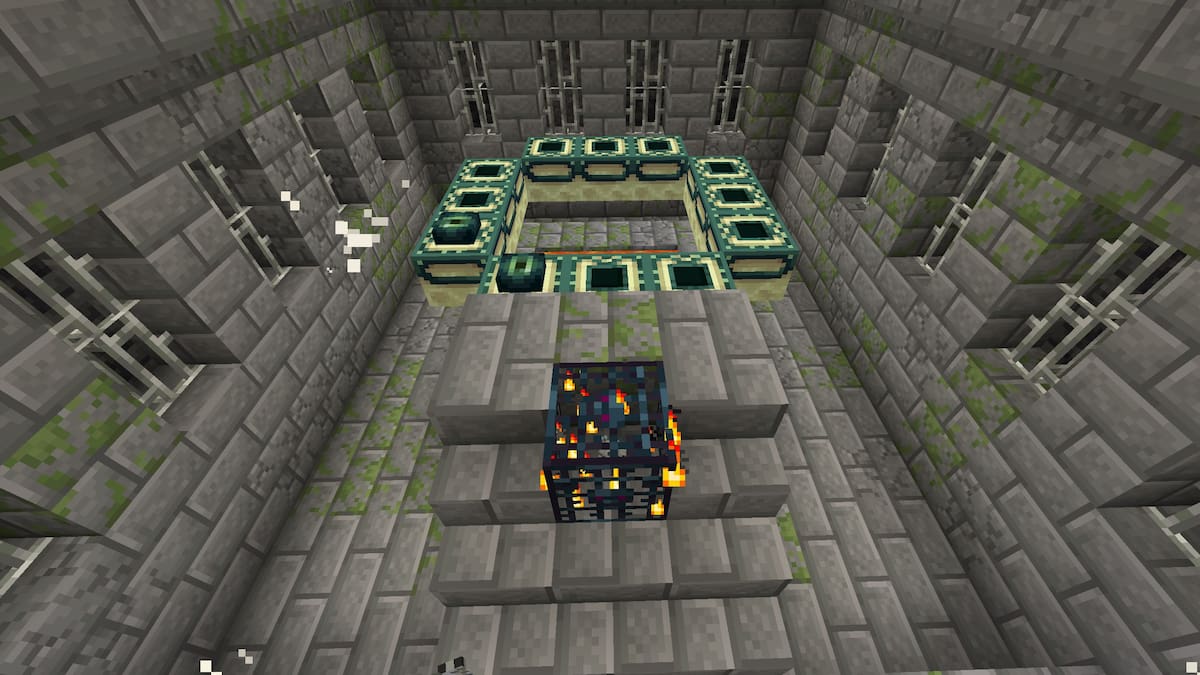
Published: Jul 3, 2016 12:06 am